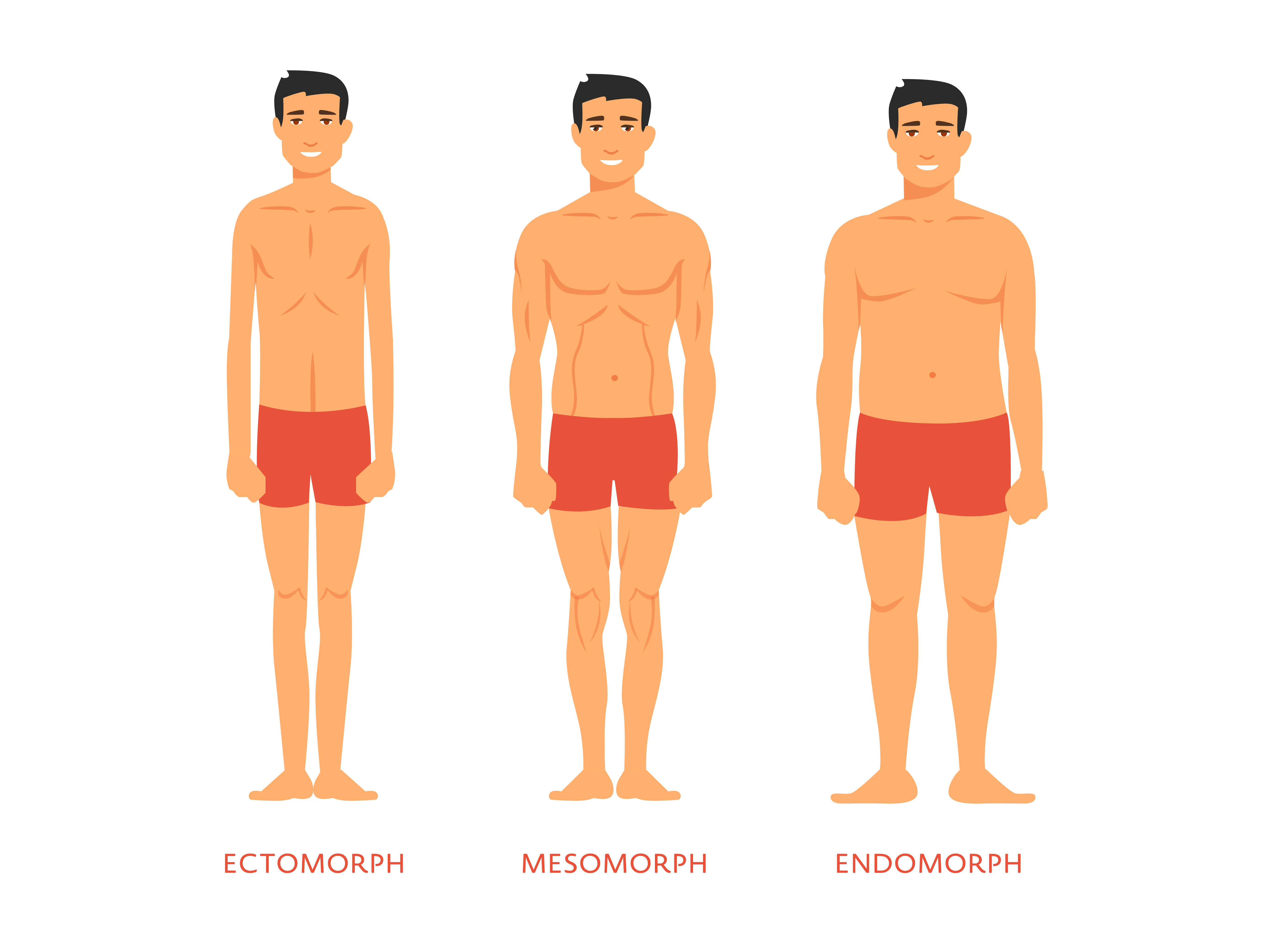CT scan veterinary: fast, correct insights for crucial pet care
Market Demand: In many areas, there is a high demand for veterinary services, which can drive up prices. Competition among local practices can also affect pricing. These factors combined make veterinary care a significant expense for pet owners, but they are essential for ensuring the health and well-being of pets.
Dental and Oral Cavity Applications
Dental CT scans generate detailed photographs of tooth roots, jawbones, and periodontal tissues, important for diagnosing hidden dental abscesses, resorptive lesions, and malformations. Such thorough assessment facilitates applicable dental surgeries and long-term oral health administration, contributing significantly to animal welfare and proprietor satisfaction.
Access Challenges and Mobile Imaging Solutions
Availability of veterinary CT stays restricted in some areas due to equipment costs and trained personnel scarcity. Innovations like cellular CT items and telemedicine-based image interpretation broaden entry, bettering diagnostic equity. Collaboration among referral centers and
Parentingliteracy.Com first practices enhances integration of CT into routine veterinary workflows.
Microscopic Sediment Analysis Microscopic analysis detects mobile elements, crystals, casts, and microorganisms, pivotal in diagnosing infections, irritation, and crystallopathies. The presence of red and white blood cells may pinpoint hemorrhage or pyuria, whereas identification of particular crystals (struvite, calcium oxalate) aids dietary management to prevent urolithiasis. Casts, particularly hyaline or granular, assess tubular integrity and severity of kidney damage. This microscopic layer of interpretation complements chemical and bodily information, forming a comprehensive diagnostic picture.
Integrating Urinalysis with Other Veterinary Laboratory Diagnostics
Holistic affected person evaluation arises from combining urinalysis findings with hematologic and biochemical knowledge,
Acesse o Site enhancing diagnostic accuracy and therapeutic concentrating on.
Genetic screening is increasingly relevant in breeding packages aimed toward minimizing inherited reproductive disorders. Through testing for specific mutations and chromosomal abnormalities, veterinarians can counsel clients successfully and keep away from propagation of deleterious traits.
Recognition of species variations prompted tailored instruments just like the Horse Grimace Scale and enhanced methods for unique species. In latest years, advances in machine learning and automated facial recognition applied sciences promise to augment traditional assessments with goal, continuous monitoring, especially beneficial in hospital and ICU settings.
 Transitioning from information to practice requires
Transitioning from information to practice requires understanding the way to choose appropriate tests, interpret outcomes inside biological contexts, and talk findings to stakeholders. Efficient protocols hinge on clear goals, cost-effectiveness, and dependable laboratory partnerships.

When overscheduling becomes an issue, frequent signs embrace extended wait times for sufferers, much less time for practitioners to empathetically have interaction with pet homeowners, and poor shopper feedback. Vets should have a full schedule that additionally allows for cheap breaks and downtime. Follow Info Administration Methods (PIMS) are software systems veterinarians use to handle administrative and operational duties. This includes every little thing from affected person management, scheduling, billing, knowledge analytics, and m
Integrating CT Findings with Laboratory Diagnostics CT scan results complement laboratory exams such as hematology, biochemistry, cytology, and microbiology, providing a complete diagnostic picture. This multidisciplinary approach improves therapeutic focusing on, monitoring of remedy responses, and early detection of complications, sharpening clinical precision and enhancing patient outcomes.
Clear communication about analgesic options, anticipated restoration timelines, and potential side effects builds belief and facilitates informed consent. This partnership minimizes delays in addressing ache and supports higher long-term outcomes.
Reproductive tract infections often involve bacteria like Brucella spp., Leptospira, and Mycoplasma, which can cause abortion, stillbirth, or neonatal mortality. Testing consists of tradition, PCR (polymerase chain reaction), and serology to detect pathogens or specific antibodies, providing confirmation of energetic or past infections.
Serial Monitoring for Disease Progression or Treatment Response
Repeated urinalysis offers dynamic information to track disease evolution or remission. Consistent methodologies and
Acesse O site timing ensure meaningful comparisons, guiding therapy modifications or confirming decision. This ongoing suggestions loop optimizes affected person outcomes and helps veterinary-client communication.

Proactive genetic screening elevates breeding success rates, reduces financial losses, and promotes animal welfare by decreasing occurrences of congenital anomalies and reproductive failures. For owners, it offers peace of thoughts and informed decision-making based mostly on scientifically validated risk assessments.